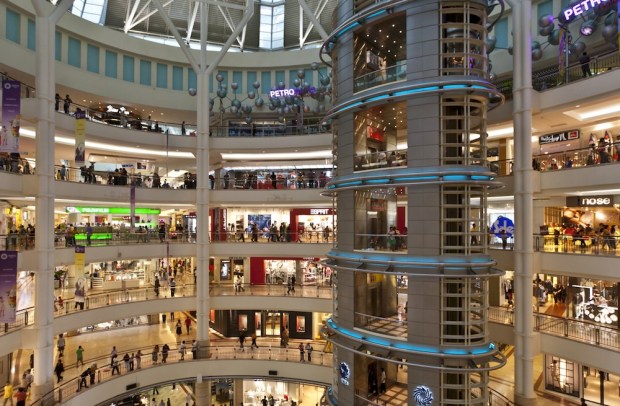Report Shows Regional Shopping Malls Seeing Growth Since 2010

A new report has found that while many national retail chains are suffering, regional shopping malls have been on the upswing since 2010.
According to Chain Store Age, Why Mall Reuse is Just Beginning, a report from the entrepreneur-driven real estate firm Transwestern, found that regional malls have had positive net absorption since 2010, with the only slip occurring in 2009, at the height of the recession.
Last year, the U.S. retail market experienced 105 million square feet of net absorption, representing a growth in occupancy of around 1 percent, while by December 2016, shopping mall occupancy across the country was above 95 percent, equating to 848 million square feet of space. And mall productivity has remained steady, rising 0.7 percent in the last year to $465 per square foot.
“While we’ve seen store closures increase in 2017, malls are, for the most part, attracting new tenants through strategic marketing and property enhancements,” said Nick Hernandez, managing director of retail at Transwestern. “And in cases where a retail mall no longer makes sense, we have seen many owners successfully adapt to the changes in their trade areas by repurposing the mall for another use.”
By using market data analysis and reseeding properties with office space, residences and medical facilities, retail developers “are allowing the regional shopping malls that took off in the 1950s to evolve into a new type of gathering place,” said Transwestern’s Brian Landes, author of the report.
